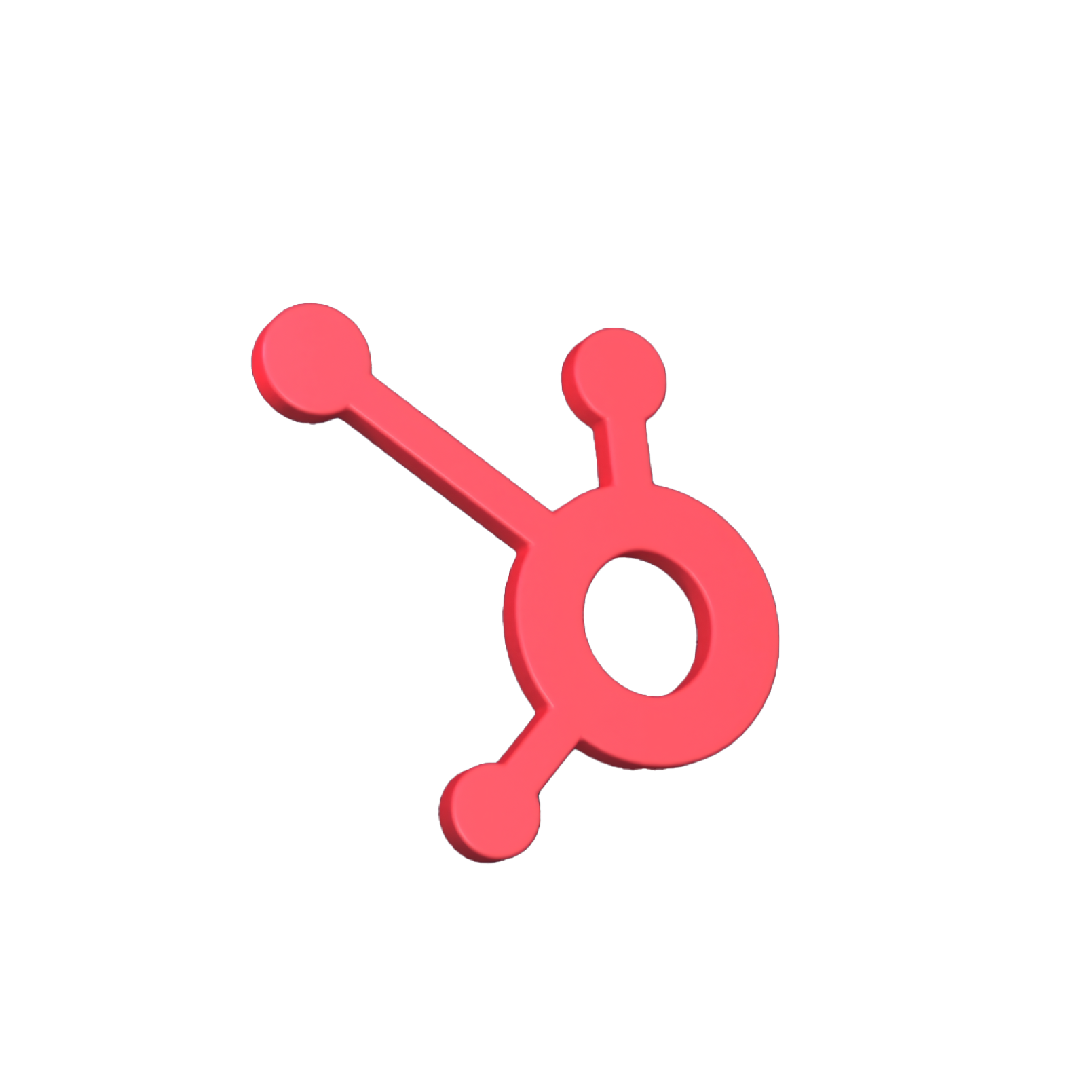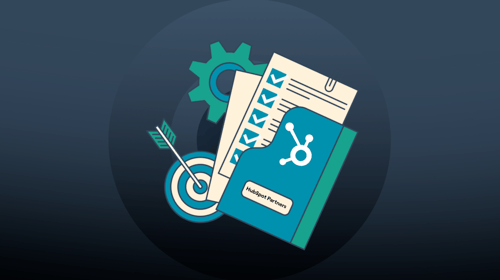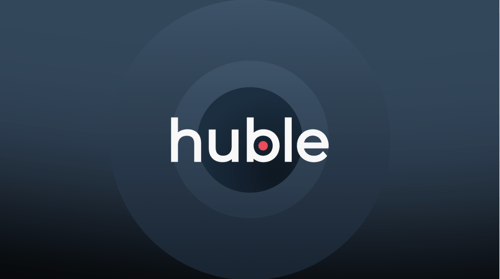I've been working in the HubSpot community for several years, and when HubSpot first brought out HubDB in 2016, I didn't fully appreciate its power and versatility. There's a lot to cover, so in this blog post, I'll stick to the basics and use cases. I wish this blog post had been written a couple of years back!
Each section includes links to further resources — so think of this as your starting point.
What is HubDB?
HubDB is a form of database (think of it as something like an action-packed Google Sheets, fine-tuned for your marketing purposes). Any information that you’d like to display on your website that can be stored in a database, can be stored on HubDB. Each listed piece of information (or “data point”) can be set in a defined relationship with another one.
This allows you to store and organise the information in the database in a series of tables — where each table is related through common, or related data points. For this reason, it’s called a relational database.
What makes it powerful is that a single query can tap data from one or more tables in the database. This means you can create an entirely new table, or a new way of displaying your information, at the click of a button.
HubDB allows you to create and manage databases from within the HubSpot platform. It’s your central, interconnected information store. What you draw from these can then be used across your website.
What can you do with HubDB?
HubDB simplifies the process of creating database-driven content for your website from within the HubSpot ecosystem. Whether you need to display a testimonial slider, video gallery, or pricing table (the possibilities are nearly endless), developers can easily create database-driven content modules that serve that function. These can then be embedded within multiple pages and automatically populated.
You can also simplify any content updates. To change a detail across multiple pages on your website, simply update the data point stored in the HubDB table. This change will then reflect across all the pages within which it is embedded.
For example, you may have a product that’s seen on multiple pages of your website. With HubDB you don’t need to edit every page it appears on when you need to update product information — you simply edit it once on the database and the content automatically updates across all pages.
HubDB can be used to load any content that can be stored in a database. Here are five of the most popular uses:
-
Product and features pages
-
Events listings
-
Team Pages
-
Searchable directories
-
Custom maps
Why use HubDB?
One key benefit of HubDB is that it makes website maintenance easier and more cost-effective. You may need a developer to create the initial database and embed it within your website and landing pages; but once that’s done, maintenance can become your marketing team’s responsibility. Once the initial build is complete, content can easily be managed through your HubSpot portal.
HubDB makes website updates simple because stored data isn’t limited to being used on a single page. Any page or module can reference a data point within a HubDB table. This makes content creation more efficient — saving you time spent on manual updates and money on unnecessary developer costs
HubDB allows you to display data in a variety of ways through its sorting and filtering capabilities. Take a product page, for instance. Products could easily be sorted according to price, name, or any other variable, or filtered to display only products within a certain category.
Where has it worked in real life?
Here at Huble Digital, we practise what we preach. For instance, a HubDB table lies behind our case studies page. Each time we have a new customer success story to share, we’ll add an entry to the HubDB table and each module that draws from it (across our website) automatically gets updated. No need for new development each time!

Using HubDB is the most efficient way to populate content that regularly needs to be updated. Take real-estate listings, for example. Details change so often that manual updates can take valuable time away from additional marketing and sales efforts. Here’s one example of what you can create when following this easy-to-follow HubSpot tutorial on how to build your own listing:

Of course, the details of content and style are up to you, but imagine the ease of updating all your data in one place, and knowing that the right information is displayed automatically wherever you’ve displayed that content. You can apply the same principles to creating pages such as product catalogues.
You can also use HubDB to power more complex webpage builds, like those using custom maps. Locations are a natively supported field type, and HubDB comes with a number of features that mean you can easily build pages that allow website visitors to find your target locations. These could be your offices, or retail outlets, for example.
What’s more, HubDB functionality also allows you to request and source the visitor’s own location and match them directly to their nearest point of contact. See how you can build your own custom map using HubDB in approximately one hour, with this HubSpot tutorial, and here’s one example (from the same tutorial), of what it could look like:

Dive a little deeper with another 4 real-life examples of HubDB implementation, from the HubSpot CMS blog. You’ll see team pages, testimonials, and resource pages in action, and get a back-end glimpse of the scripts and HubDB tables that power them.
How do I get more technical with HubDB?
If you’re a developer, or would just like to understand HubDB a little better, the HubSpot Developers site is a great place to start. You can find their resource page on HubDB by clicking here. You’ll find out everything you need to know about technical implementation, from getting access to HubDB, to how to create your own tables and build multi-level dynamic pages with them.
But if you’d prefer to leave the more technical aspects to someone else, contact Huble Digital. We’ve got teams dedicated to ensuring you get the maximum value from your marketing investment with the expert application of HubDB and other HubSpot marketing tools. We’re a HubSpot Elite Solutions Partner and a full-service global digital business consultancy. Together, we’ll optimise your customer experience and build a resilient business core.










-3.png?width=500&height=320&name=Matt%20-%20imagery%20bank%20(8)-3.png)

